From reading to doing
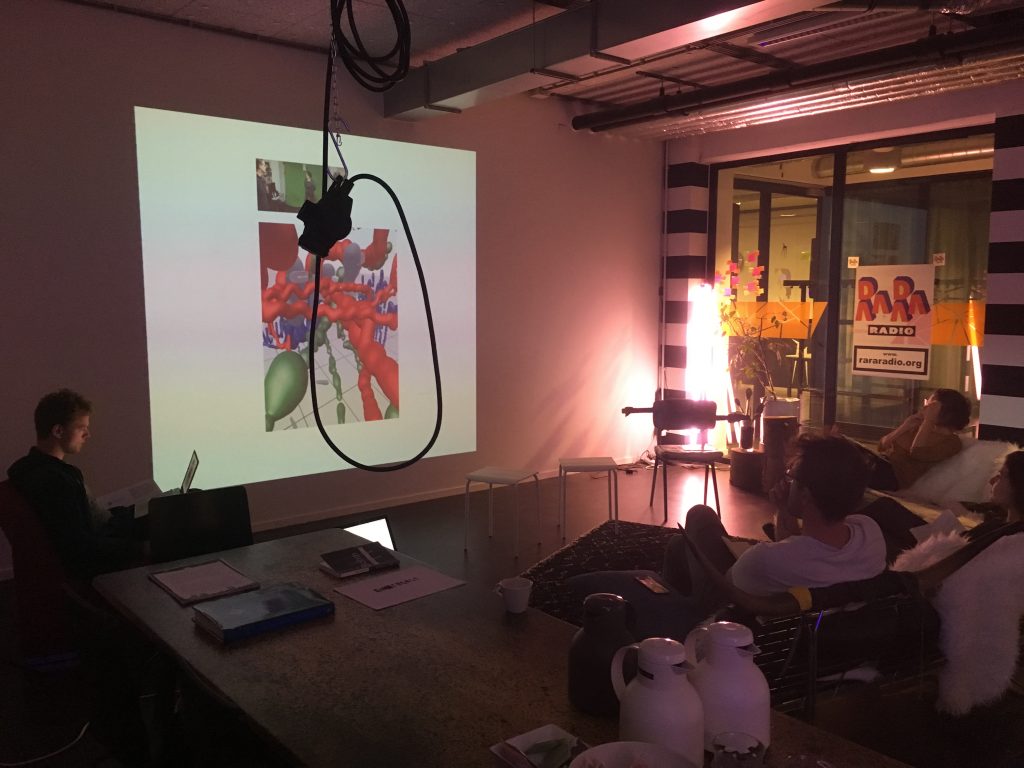
After describing how I got introduced to the writings of Christopher Alexander this post tells the story of how I put his theory into practice. I was unfamiliar with his design methods and unsure where to start. I organised a couple of workshops (Fig. 1 & 2) together with Baltan Laboratories in Eindhoven to get started. Goals were to exchange knowledge on the thinking of Alexander by reflecting and doing. During and after these workshops I have experimented with different techniques and methods Alexander proposes which are summarised below. The workshops made it clear to me that there is no set meaning or practice for applying his ideas. People from different backgrounds select the parts of his theory most useful and meaningful to them. Exchanging these viewpoints was very inspiring of all the participants.
Design in the head
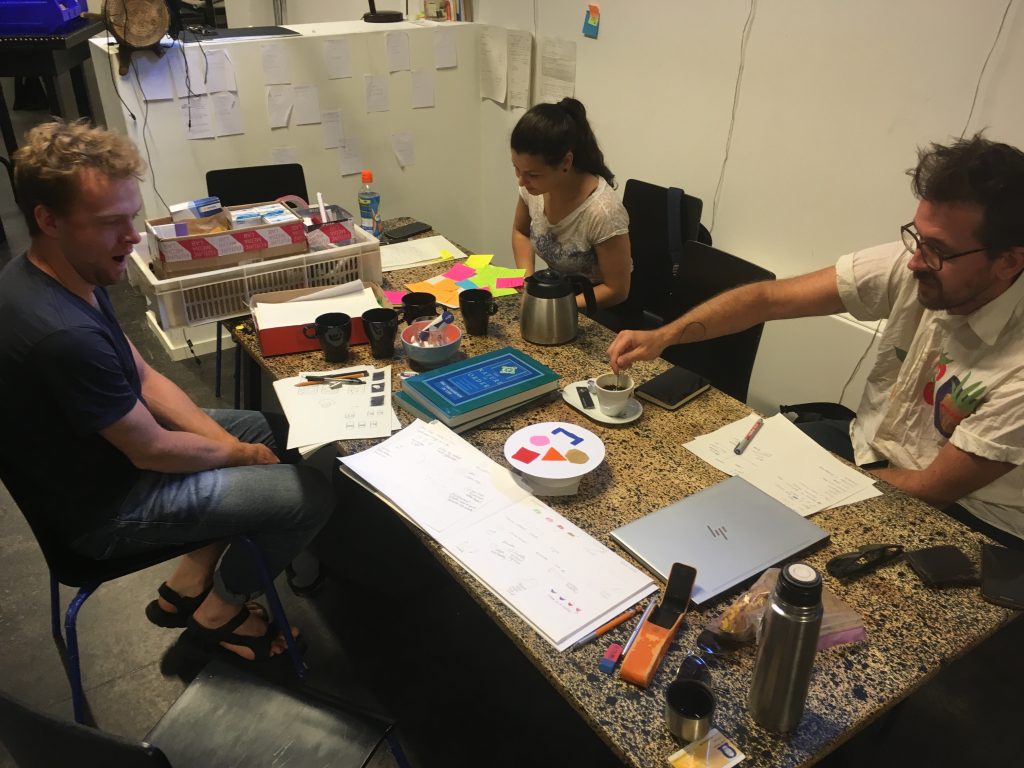
According to Alexander the greatest freedom for creating is in the mind. So this is a good place to start the design process. In this exercise I imagined what the tearoom, the utensils and interactivity might be like and also how it would make the visitors feel. I made some rough sketches and I put down my thoughts in a plus 800 words text. This allowed me to explore the most radical experiences and forms, the ideal Emptiness experience. It is through this writing that the title of this project changed to Magic Tea.
Design on paper & rough sketches
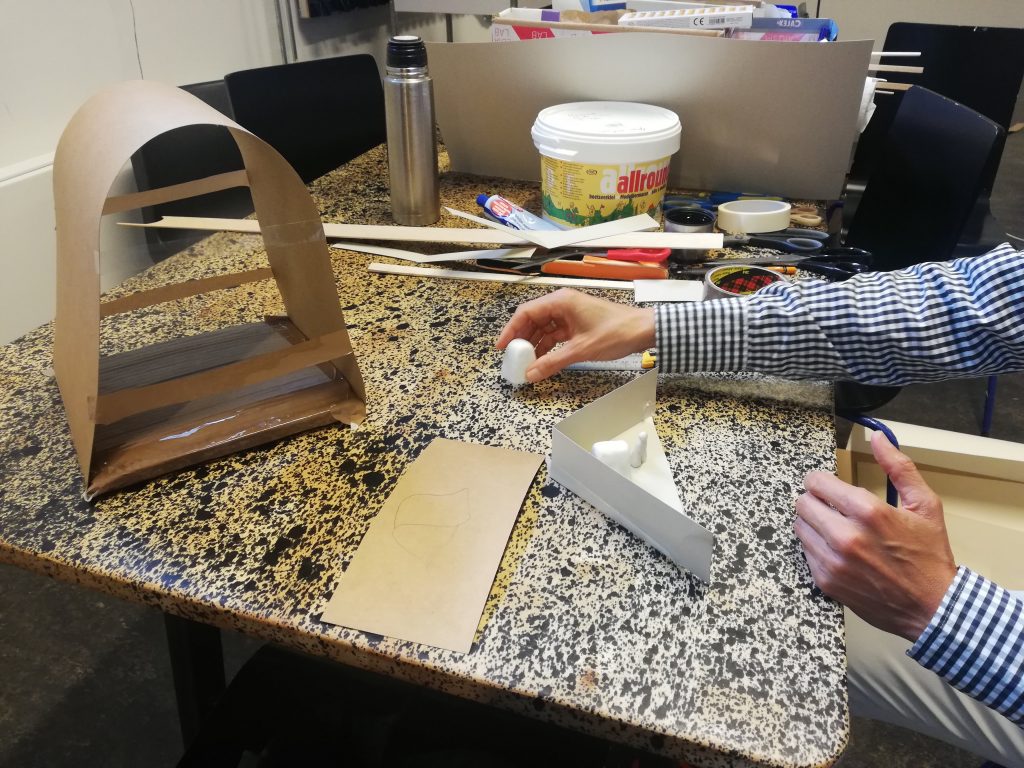
The next workshop was focused on 3D models and rapid prototypes. There was a range of different materials to work with. At the start of the workshop we looked at some inspirational slides from Alexanders’ account of the living process during the design and building of the Upham house (Book 2). I made models in clay and cardboard which gave me a rough idea of what the tea room should look and feel like.
Generic tea garden
To create wholeness Alexander proposes is a generic design processes. This way of working is seen in ancient cultures and allows wholeness to unfold naturally from materials, function and context. In book 2 Alexander gives a detailed example of such a process and as the subject he chooses… the Japanese tea garden and house. Perhaps not so surprising as the rules for the optimal tea house have been very well defined over hundreds of years.
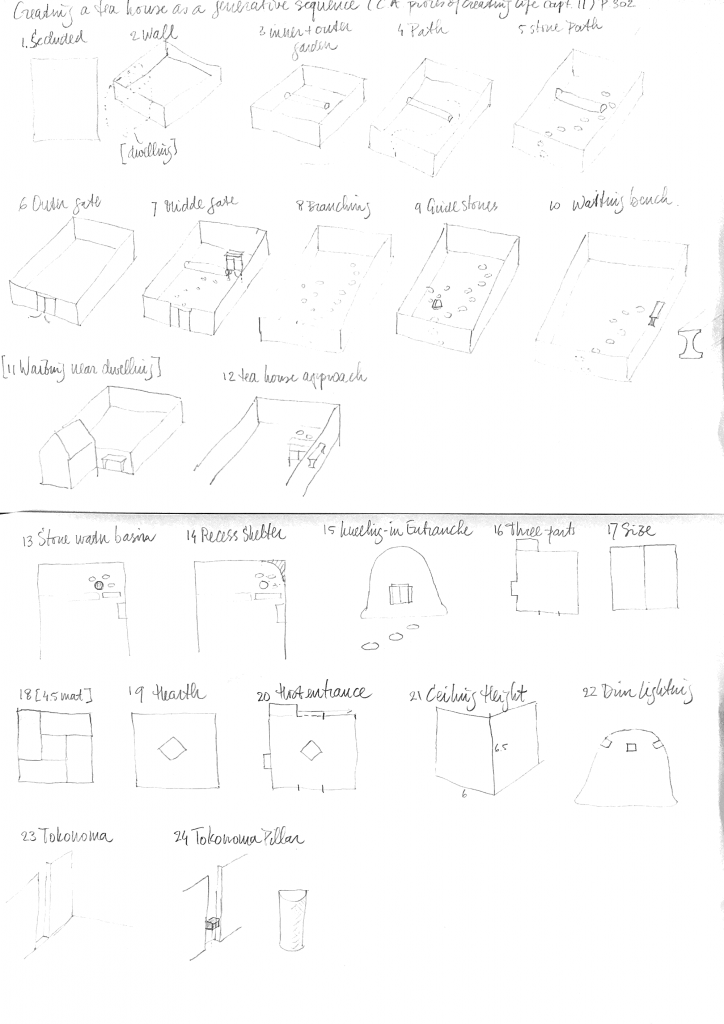
As you can see 24 steps (Fig. 4) are defined to make creating a tea house and garden an almost natural process. Walking through these steps and experiencing the process gave me confidence and ideas (e.g. include a path) and details (exact measurements) to start the process in my own context: indoors in my lab.
Unfolding in space
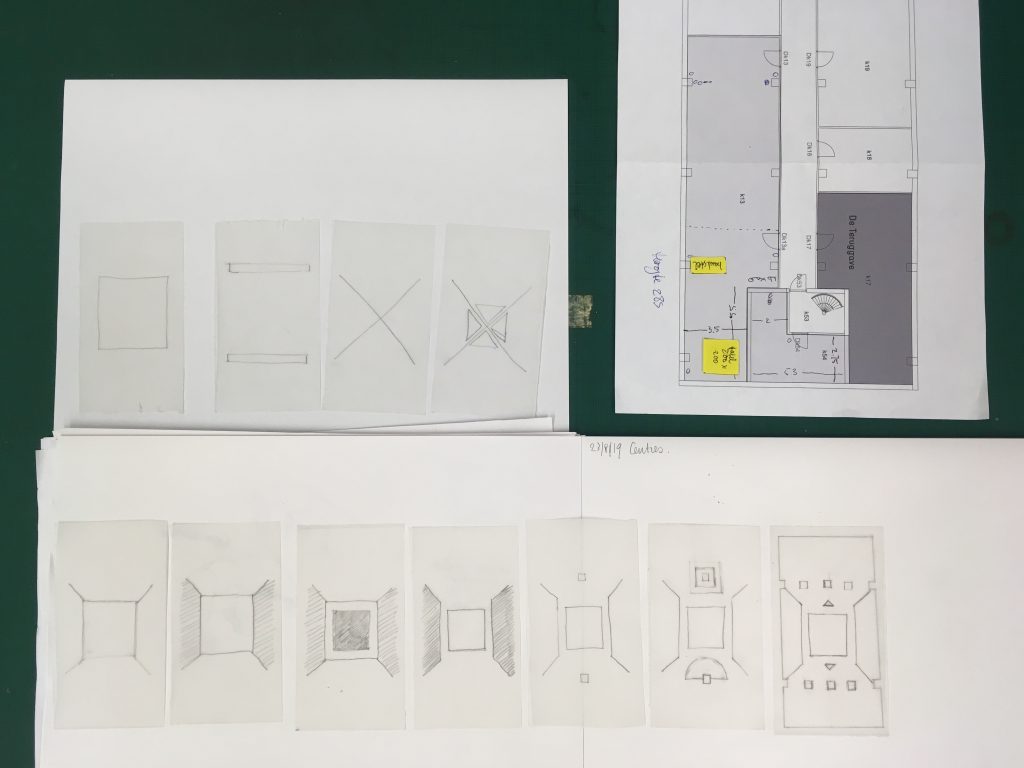
The main starting point for creating living centres starts by defining the strongest existing centre in the space. In this case that is the “square” which is formed by the four pillars (Fig. 5 top right). Step by step I started to enhance this centre until I achieved the best layout. This is a very intuitive process in which you keep asking yourself: does this design make me feel more human and alive, does it give me pleasure? It was the first time I have worked this way and it did indeed give me a lot of pleasure. It is also very calming as you don’t have to imagine with a complete and perfect design. At every point you just have to come up with the next step which best strengthens the living centres already there (Fig. 5). The result for me was satisfying because I had determined some practical things (size and placement of the room). I also had inspiration how to integrate some of the traditional design elements from the generic exercise (Fig. 4).
3D model
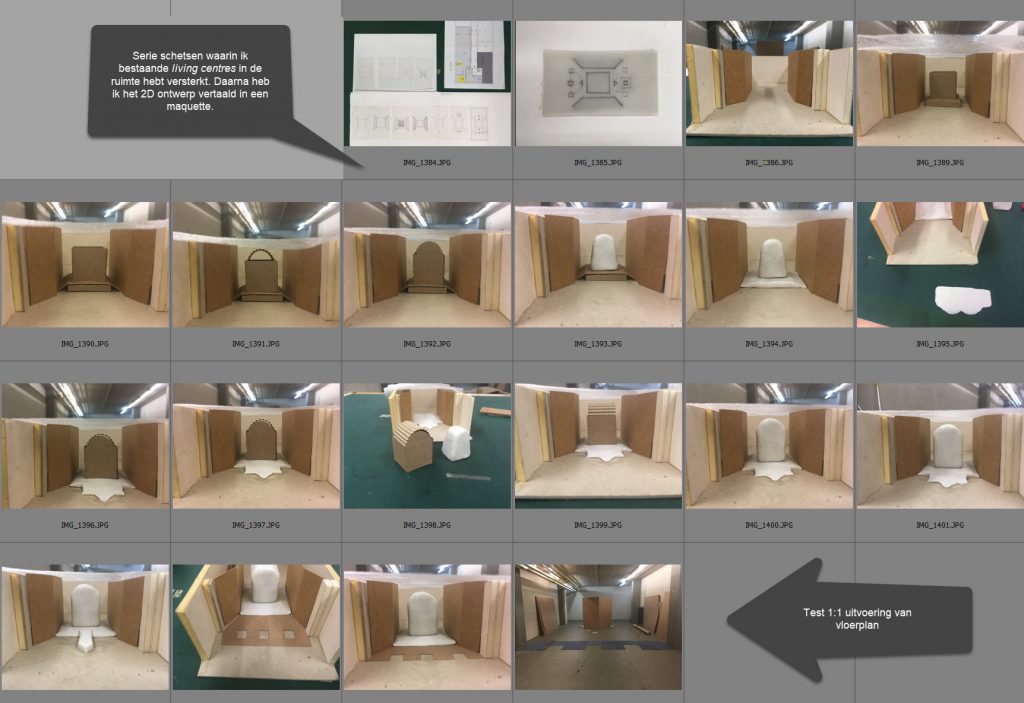
The next step was to build a 1:10 scale model from the layout of the floor plan (Fig. 5). It allowed for quick iterations on the unfolding process in space (Fig. 6) without the hassle of working with the big cardboard boards. Using a soft mould-able material also gives a lot more freedom for coming up with different shapes. The design at this stage makes use of several of the 15 properties defined by Alexander: strong centers, good shape, alternating repetition, gradients and positive space. The final design (Fig. 7) for me represented a soft, friendly and welcoming space which underlines the intimacy of the ceremony.
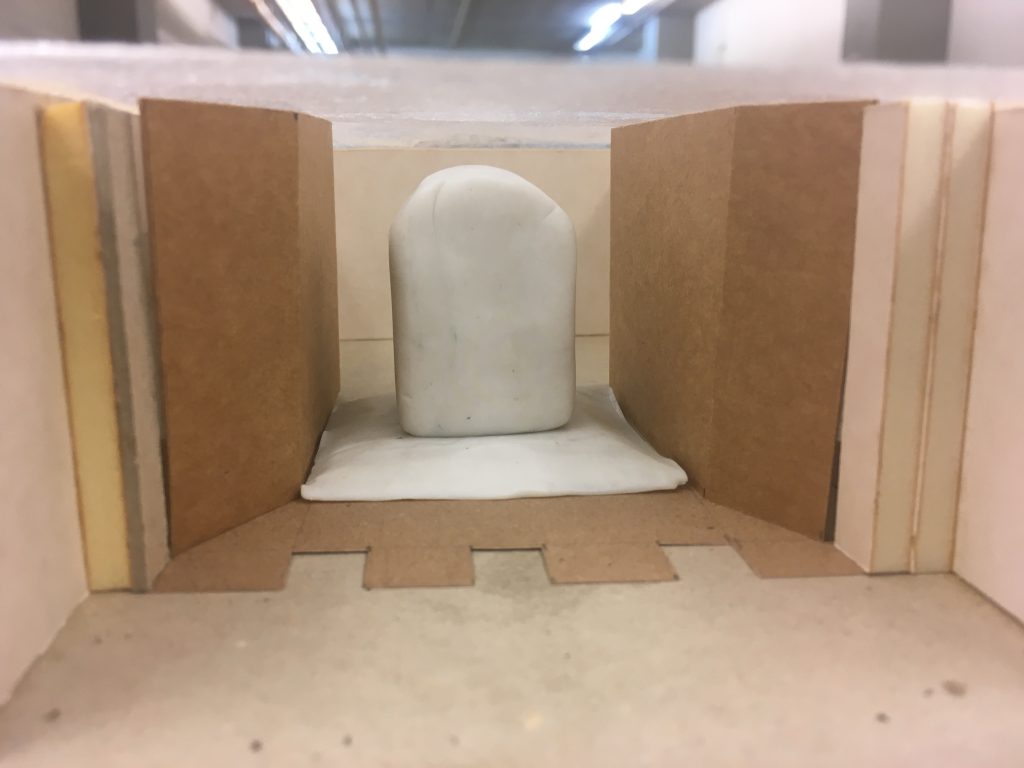
Feedback on model
In order to engage future users an online questionnaire was set up (Fig. 8). The aim was to ask some general questions about the direction of the design. If it was completely of the mark it is easy to change it at this stage. A photo montage of the model and a person to give respondents a sense of size.
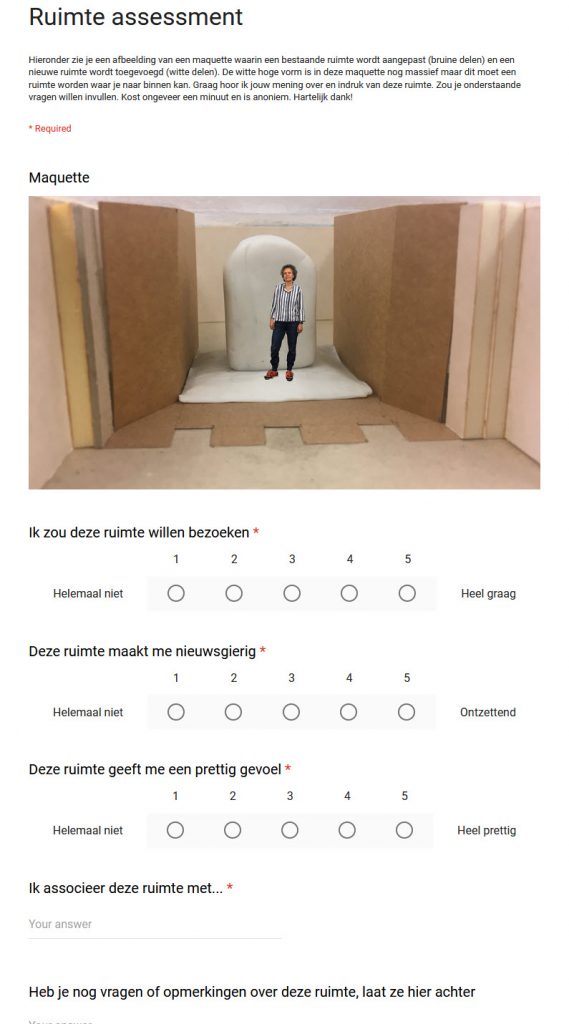
The form consisted of three questions and room for personal associations:
- Would you like to visit this space?
- Does this space make you curious?
- Does this space give you a pleasant feeling?
- With what do you association this space?
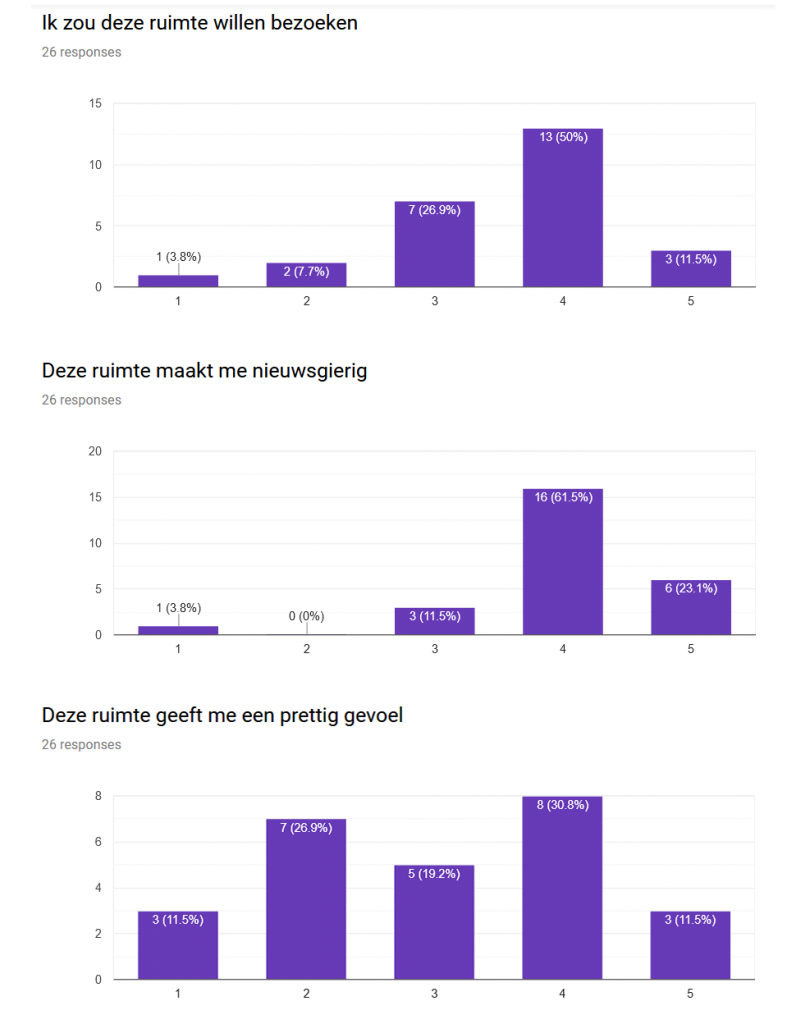
In general the design was perceived as positive (Fig. 9). The majority wanted to visit the space and was curious about it. Opinions on the pleasantness differed with 40% experiencing the space as pleasant to very pleasant and 40% as unpleasant to very unpleasant and the remaining 20% being neutral. The associations (summarised in the word Fig. 10) provide some insight into this contradiction. Words like claustrophobic, cell and isolated are mentioned. The design aimed for intimacy but there is danger of this being perceived as too closed. The remarks also made clear that not everyone is capable of interpreting a model properly, they take the materials used very literal. So the results should be considered merely indicative.
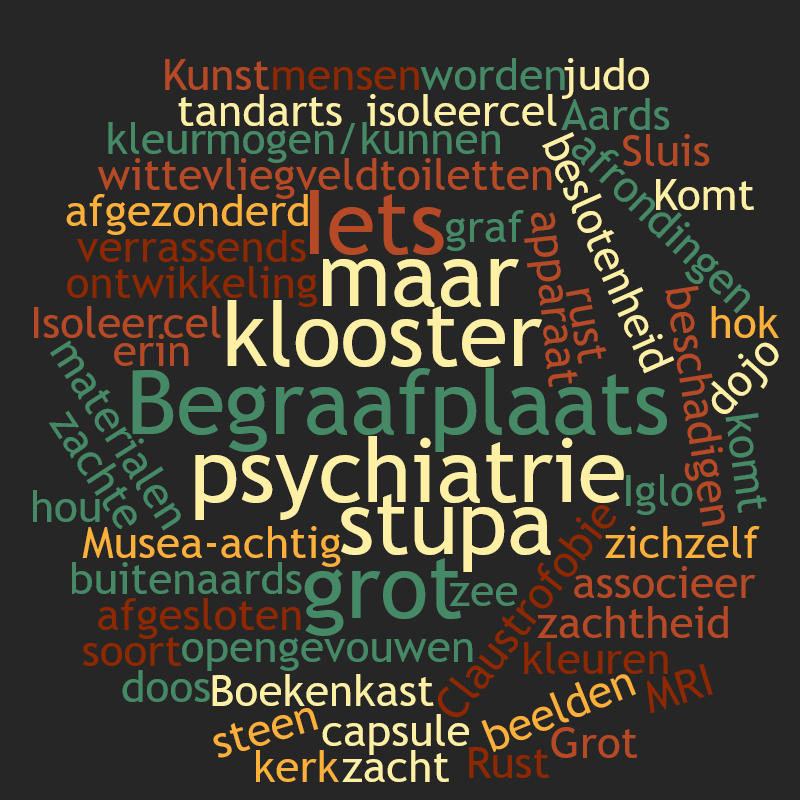
Full scale model
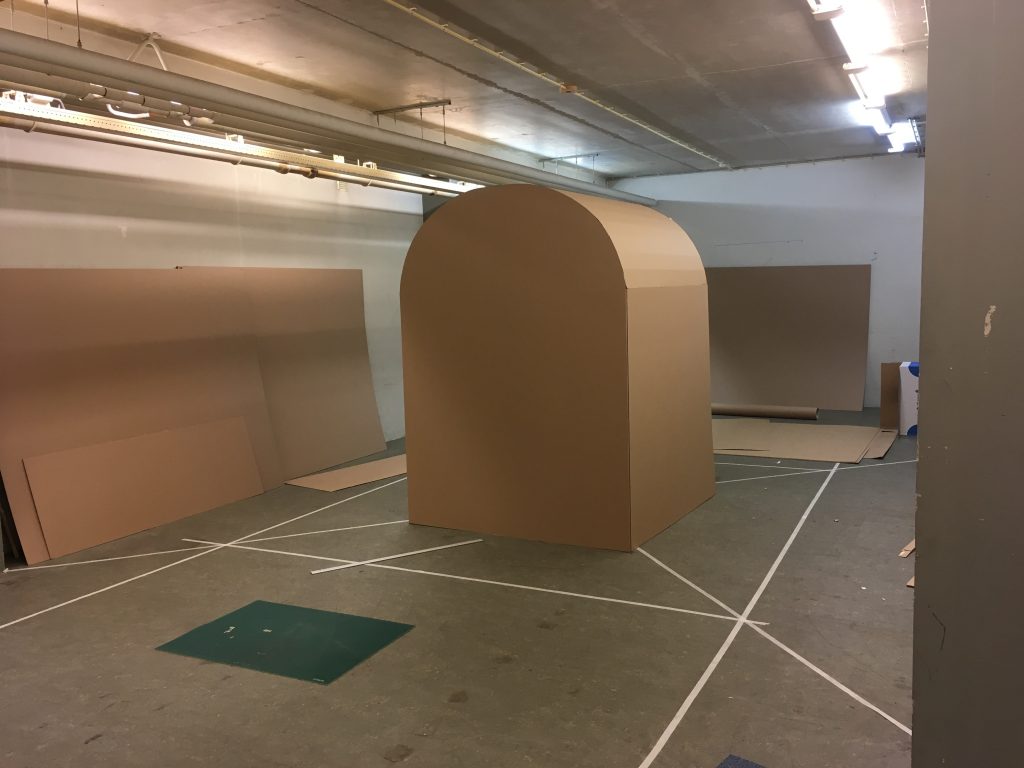
The positive results from the questionnaire granted the building of a 1:1 cardboard model. Working at the actual scale gave more insight into details. The spacing of the folds of the roof for example works best spaced at 10, not 12.5 cm. It became clear that there were a lot of practical and functional issues to solve in order for this room to be a success. It turned out you actually need two pair of hands for building. Questions like: how and where are people going to sit, how many seats should there be, what is floor surface made of, how is the light provided? There were no quick answers for these functional and practical design issues so the focus shifted back to the Alexander method of strengthening the living centres.
Creating living centers
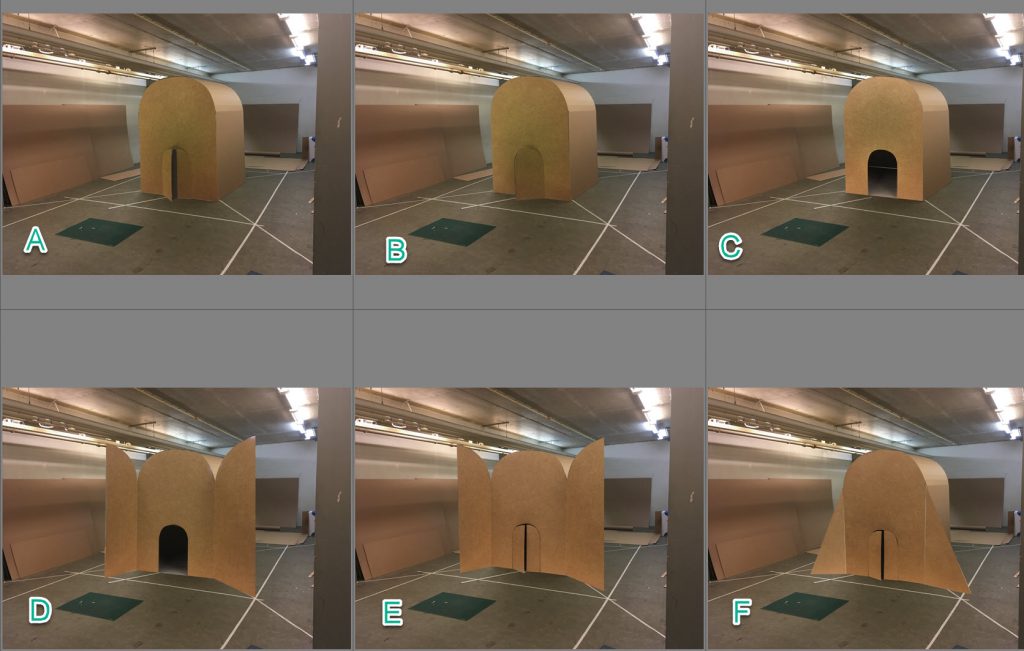
The entrance of the room was the obvious place to explore the enhancement of the wholeness of the design. From the existing centers various options were designed (Fig. 12) to try and make them stronger by applying more of the properties. At this stage levels of scale, echoes and local symmetries were added. I had to keep checking in on myself to find out what resonates, which design best represents and pleases the maker. I found this process in itself very pleasing.
Feedback on the wholeness of the design
For me one of the designs stood out as the most pleasing and gave the strongest sense of wholeness. A questionnaire was used to test:
- If others shared the preference for that particular design
- Try out the mirror-of-the-self test developed by Alexander
- Collect feedback on the designs
The mirror-of-the-self test is based on the finding that the experience of wholeness is connected to the self. Alexander developed an empirical method to establish the wholeness of objects by asking people in how much the object is a picture of their whole self, their deepest humanity. The outcome is of course based on subjective feeling but the outcomes are very similar between individuals and cultures. A question one might ask to get at this deep sense of humanity is: “Assuming for a moment, that you believed in reincarnation, and that you were going to be reborn as one of these two things, then which one would you rather be in your next life?” This question was asked about the six designs. Calls to participate were posted on social media and Whatsapp.
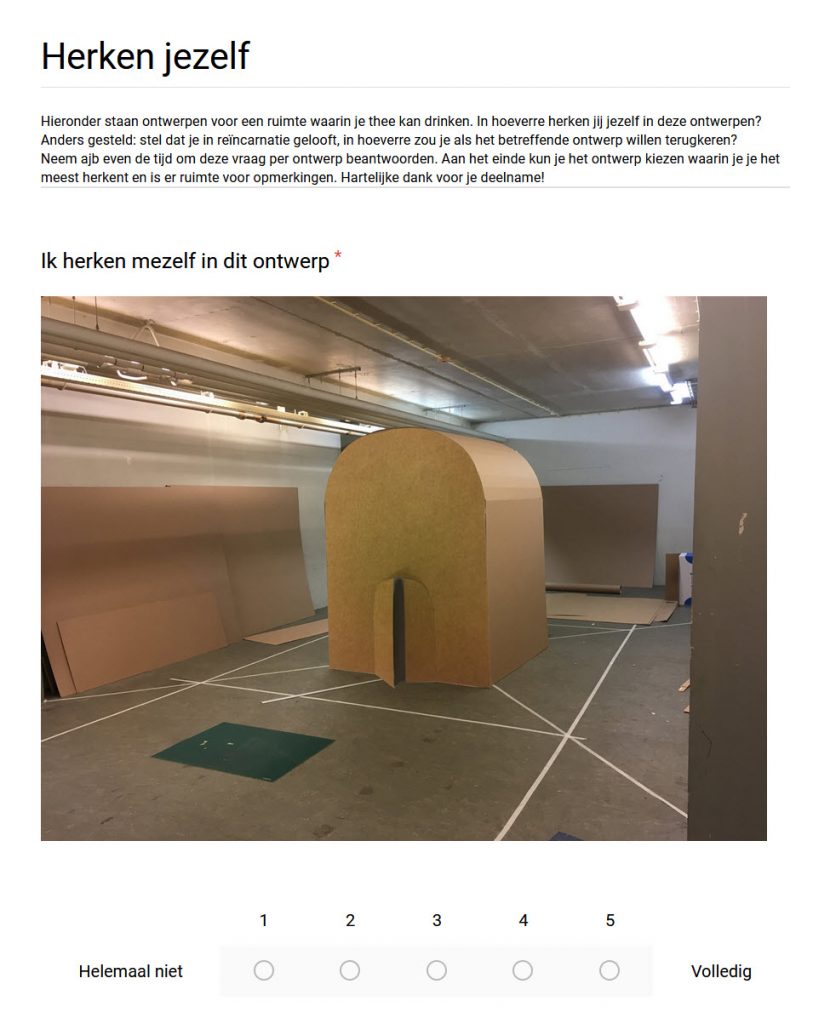
Results
22 participants responded. They were asked to first judge the designs individually (Fig. 14) and then had to choose the design in which they recognised themselves best (Fig. 15). Adding comments was optional. From the comments became clear that it is hard for participants to interpret and therefore do the mirror-of-the-self test in the right way. One participant wrote: “Shape A feels like the most logical.” But logic is not what this test is about. It is about a deep feeling of self, an intimate sense of your own humanity. Even though this was explained at the start of the form the concept seems hard to grasp without further explanation. This makes the answers somewhat unreliable.
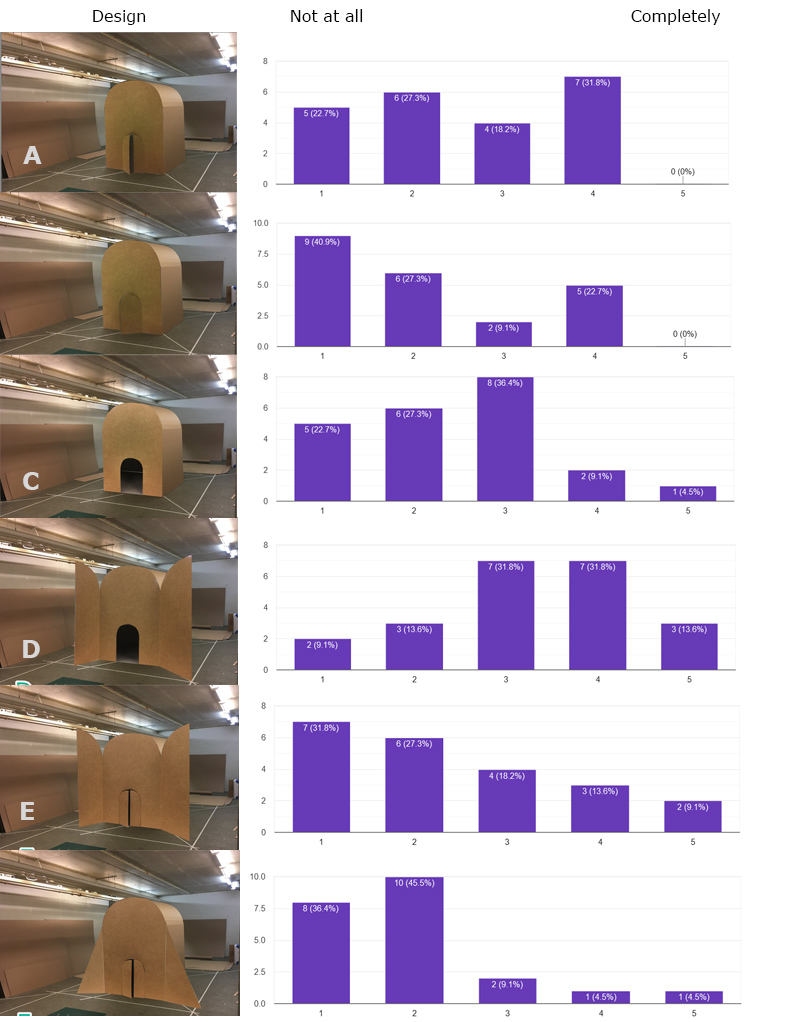
From the responses in the comments field but also from the overview in Fig. 14 participants responded strongest to the openness of the design and not so much to wholeness of the shape. Just from looking at the bar graphs you can see that the more open the design, the more people recognise themselves in it. The top design is a good example: the doors are half open and the answers are most distributed.
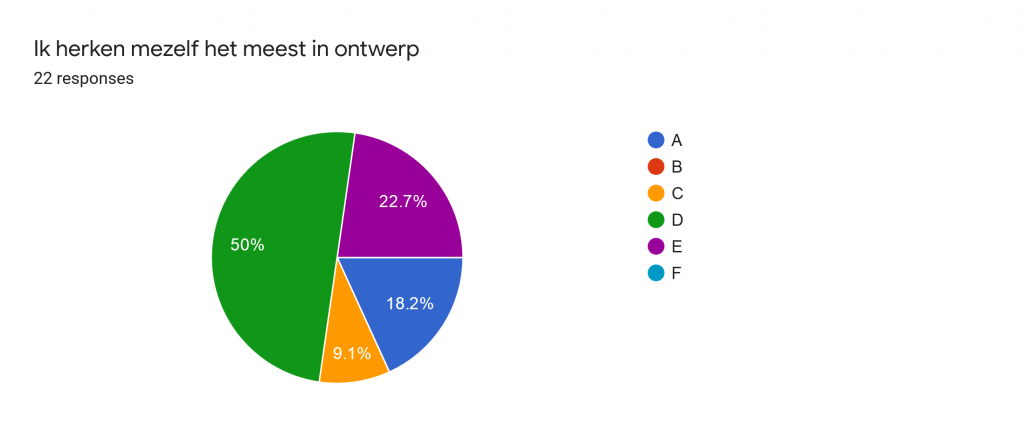
In the final question participants could pick one design from all six designs (Fig. 12). Again they choose the most open design (D) as the one in which they recognised themselves best. But option E, was voted second best. As a designer I judged this design as having the strongest centres and therefore the most wholeness. When comparing all the designs respondents rated this design higher. This might have to do with the fact that the mirror-of-the-self test always uses comparison to make decide on the best representation of the self. Design A was voted third and C forth. The other design did not feature in the answers. From a wholeness perspective I also rated them low because less of the properties are present.
Conclusion
Working with the methods and theory of Alexander has proven an unfolding process in itself. Step by step the strengths and weaknesses of applying his thinking have become apparent. The strengths are:
- The language he has provided to talk about wholeness in design works across disciplines
- Intuitive design choices are backed up by a rich theory and toolbox
- The unfolding of the design creates a sense of direction, confidence and pleasure in the designer
The weaker points concern communicating the theory to the lay person. The theory is subtle and multi-layered. To test designs it is probably best to explain verbally what is meant by the image of the self. Alexander himself usually had to keep probing to get the most deep and honest response.
References
Alexander, Christopher. 2002. The Phenomenon of Life (Book 1). The Center for Environmental Structure, California. Chapters 5 and 8.
Alexander, Christopher. 2002. The Process of Creating Life (Book 2). The Center for Environmental Structure, California. Chapters 3, 11, Appendix
Leave a comment